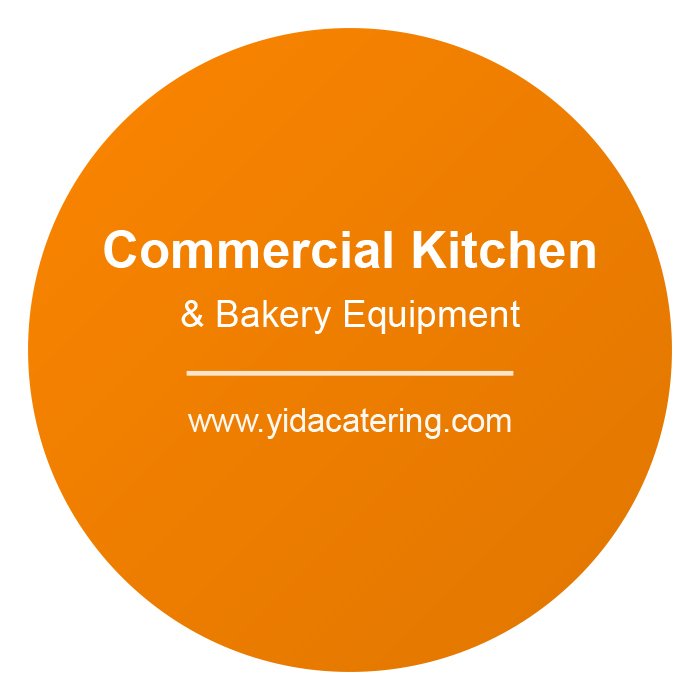Investing in a packaging machine is a significant decision that can transform your business operations. Whether you are in the food, pharmaceutical, or manufacturing industry, the right packaging machine can enhance efficiency, improve product quality, and reduce operational costs. However, with a wide variety of machines available on the market, choosing the right one can be overwhelming. To make an informed decision, it’s crucial to focus on the essential features that align with your business needs. Below are the key factors to consider when purchasing a packaging machine.
1. Compatibility with Your Product
The first and foremost consideration is whether the machine is compatible with your product. Different packaging machines are designed to handle specific types of products, such as liquids, powders, solids, or fragile items. For instance, if you’re packaging liquids, you’ll need a machine with precise filling capabilities to avoid spillage or wastage. Similarly, for fragile items like glass bottles or delicate food products, look for machines with gentle handling features to prevent damage.
2. Production Speed and Efficiency
Understanding your production requirements is crucial when evaluating a machine’s speed and efficiency. If your business operates at high volumes, you’ll need a machine that can keep up with demand without compromising quality. Look for equipment with adjustable speed settings to accommodate fluctuations in production levels. Additionally, consider machines with automated features such as conveyor systems and sensors to streamline operations and minimize manual intervention.
3. Flexibility and Scalability
As your business grows, your packaging needs may evolve. A versatile packaging machine that can handle multiple packaging formats—such as pouches, bottles, or boxes—will provide long-term value. Machines with modular designs or interchangeable components are particularly advantageous, as they allow you to scale up operations or adapt to new product lines without investing in entirely new equipment.
4. Ease of Maintenance and Durability
Downtime due to maintenance issues can disrupt production and lead to financial losses. Opt for machines that are made from durable materials and are designed for easy maintenance. Features like quick-change parts, accessible components, and self-cleaning systems can save time and reduce the likelihood of extended downtime. Additionally, consider the availability of spare parts and the manufacturer’s reputation for after-sales support.
5. User-Friendly Operation
A complex machine that requires extensive training may not be practical for your team. Prioritize equipment with intuitive controls, clear instructions, and user-friendly interfaces. Machines equipped with touchscreens or programmable logic controllers (PLCs) make it easier to monitor performance and adjust settings as needed. A straightforward operation process ensures that your staff can operate the machine efficiently without frequent errors.
6. Energy Efficiency
In today’s environmentally conscious world, energy efficiency is more important than ever. Packaging machines that consume less energy not only reduce operational costs but also contribute to sustainability goals. Look for energy-efficient models with features like automatic shut-off or energy-saving modes to minimize power consumption during idle periods.
7. Safety Features
Safety should never be compromised when operating heavy machinery. Ensure that the packaging machine complies with industry safety standards and includes essential safety features such as emergency stop buttons, protective guards, and overload sensors. Investing in a machine with robust safety measures safeguards your employees and reduces the risk of accidents.
8. Cost and Return on Investment (ROI)
While the initial cost of a packaging machine is an important factor, it shouldn’t be the sole determinant of your decision. Consider the long-term benefits and ROI the machine will bring to your business. A higher upfront cost may be justified if the machine offers superior performance, durability, and efficiency that result in significant cost savings over time.
9. Customization Options
Every business has unique packaging requirements, which is why customization can be a game-changer. Some manufacturers offer tailored solutions to meet specific needs, such as custom-sized molds or branding capabilities like printing logos directly onto packaging materials. Customization ensures that your products stand out in a competitive market while meeting functional requirements.
10. Compliance with Industry Standards
Finally, ensure that the packaging machine complies with all relevant industry standards and regulations, especially if you operate in highly regulated sectors like food or pharmaceuticals. Machines that meet certifications such as ISO standards or FDA compliance provide assurance of quality and reliability.
Final Thoughts
Selecting the right packaging machine is a critical investment that requires careful consideration of your current and future business needs. By focusing on these essential features—compatibility, efficiency, scalability, maintenance ease, user-friendliness, energy efficiency, safety, cost-effectiveness, customization options, and compliance—you can ensure that your purchase delivers maximum value.
Take the time to research reputable manufacturers and consult industry experts if needed. A well-chosen packaging machine will not only elevate your production process but also position your business for long-term success in an increasingly competitive marketplace.

